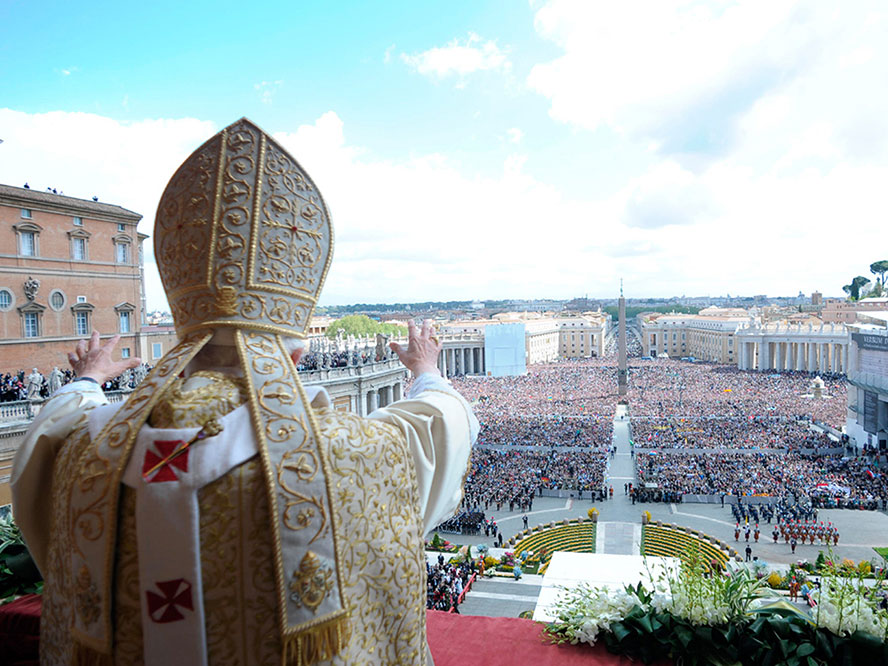God – The Father, The Almighty
A person living in the Middle East in the millennium before Christ, was bound to have a difficult time with the spiritual world. Literally, hundreds of deities, minor spirits, and gods fought for attention. Each ethnic group, often each clan, had its own pantheon. Among the gods known in the region, two stand out because of their following and their request to the faithful. Ashtart, also known as Astarte, was a mother–goddess, out of which the most important of the Semitic deities were developed. Her name appears in the Old Testament and Solomon built a temple for her near Jerusalem. Ashtart was the goddess of fertility and sexual love. Worship before the days of the prophets may have somewhat prejudiced that of Yahweh, the only God. While we think of the Jews as monotheist – that is following only one God – the reality is that, for a long time, the Jews followed many gods. It took the work of many prophets and reformers to understand that God is one, and only one. Ashtart was a danger for Israel: it was a temptation for polytheism; because the cult to Ashtart foresaw the use of swine’s blood, it was a graphic rebuttal of God’s request for purity; since she was often considered God’s wife, this goddess simply denied one of the main pillars of Judaism. A far worse god was Moloch. Moloch was a strong god who wanted sacrifices. During the rite of consecration, children were made to pass between two lines of fire. At times, children – especially the first child – were sacrificed to Moloch. Jeremiah and Ezekiel make the point that Yahweh never asked for human sacrifices, and that first–borns were to be consecrated to God through circumcision, not killing. All the same, there were Jews who followed Moloch – there was a temple near Jerusalem – and even others who mimicked Moloch’s cult and sacrificed their children to Yahweh! There were also a number of Ba’al, which means ‘lords,’ for whom small temples were erected on top of the hills. The prophet Hosea speaks clearly about the moral and religious ruin caused by this cult. The shrines were little more than altars where the fruits of the earth were offered to the gods. Yet, also the Ba’al were the occasion to run away from the worship of the only true God. The dawning of Yahweh With time, the Jews used the names of smaller deities and applied them to Yahweh as a way of describing different aspects of Yahweh. The prophets used these names to show that Yahweh alone is the God of all. Little by little, the names of these smaller gods become some of the names of God. El–Shaddai, for instance, means God of the Mountains. Yahweh Sebaoth means the Lord of the Armies (i.e. the armies of the heavens). All the prophets called people back to the true faith in the only one God. They spoke of Yahweh as Creator, as Father and


